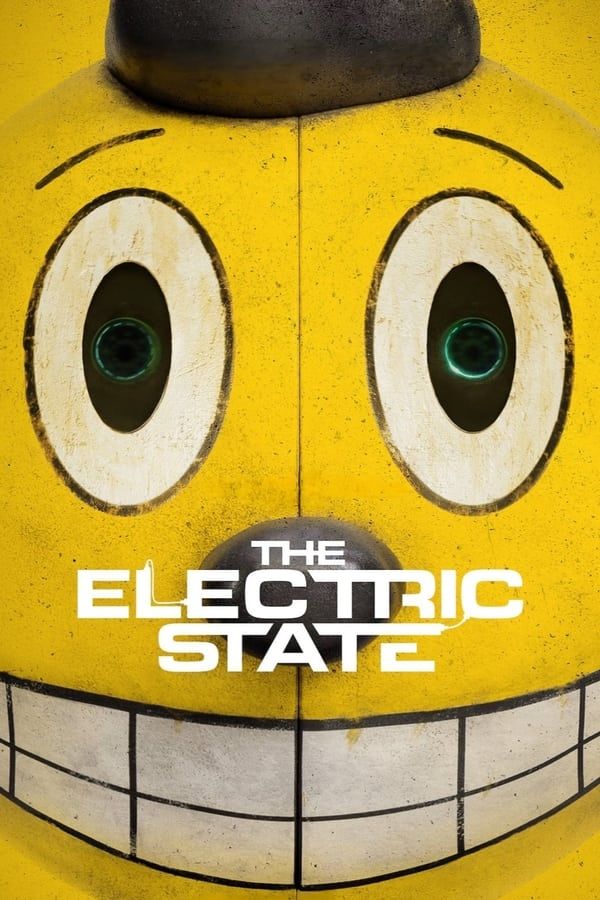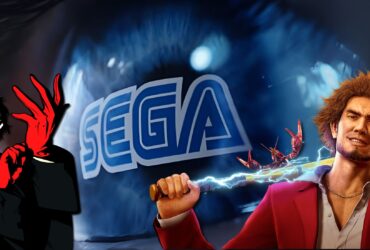Summary
- Netflix’s Electric State adaptation diverges significantly from the source material, disappointing fans.
- The trailers and tone of the film seem more like a Hollywood blockbuster than the original graphic novel.
- The Russo Brothers’ approach may not have been the best fit; Villeneuve or Garland may have been better choices for the adaptation.
Upon first glance, The Electric State seems like yet another mainstream Netflix sci-fi project, but in reality, it shouldn’t. The trailers released so far for the upcoming Russo Brothers film have reaffirmed that the source material’s essence is almost nowhere to be found, which has left many fans disappointed.
Based on a 2018 dystopian sci-fi graphic novel of the same name by Swedish artist Simon Stålenhag, The Electric State is clearly a marquee project for Netflix, considering its production scale and ensemble cast. With more than three months to go before the film starts streaming, it might be too soon to judge its quality. However, if the trailers are anything to go by, the Russo Brothers seem to have gone completely astray from the tone and flavor of the graphic novel that actually makes it work.

Related
The Electric State: What Is Netflix’s Sci-Fi Movie Based On?
The Russo brothers return to Netflix with The Electric State, releasing later this year, but what is their latest sci-fi adaptation actually about?
The Electric State Adaptation Is A Misfire
Wrong Interpretation Of Source Material
Since most film adaptations are based on literary works or comic books, the treatment is almost always open to a director’s interpretation. But in the case of The Electric State, the original graphic novel’s visual style leaves little room for tweaks. There are no two ways about it. But the upcoming Netflix and Russo Brothers movie takes such a different route from its source material that it feels like an entirely different work which simply borrowed the same plot elements.
What Is The Electric State Book About?
The Electric State graphic novel tells its story through a series of paragraphs, each linked to large artworks. Artist Simon Stålenhag uses haunting and surreal paintings to create a retro-futurist world, and the result is nothing short of stunning. There’s a strong tinge of melancholy in the story, which explores how the world succumbed to consumerism. Set against the backdrop of a dystopian post-America, it gives off the vibe of an atmospheric, cautionary tale about a robotic uprising.
|
Title |
The Electric State |
|---|---|
|
Author/Artist |
Simon Stålenhag |
|
Publication Date |
September 25, 2018 |
|
Genre |
Dystopian Science Fiction |
|
Pages |
133 |
|
Publisher |
Skybound Books |
Trailers Look Nothing Like The Graphic Novel
But everything about the Netflix adaptation seems completely removed from this concept. The film looks and feels like a loud superhero blockbuster, with colorful visuals and a run-of-the-mill tone. The trailers do not come across as hopeless, lonely, or dystopian; instead, they resemble a wacky road trip movie filled with CGI. The dialogues, which are supposed to be minimal and introspective, end up receiving the typical quirky Hollywood-style humor treatment.
The Electric State: Book Vs. Film
Plot Level Similarities And Differences
The Electric State film seems to borrow from the original graphic novel only at the premise or plot level. Set in an alternate version of America in the mid90s, the story revolves around a young girl who travels with a robot companion to find her missing brother. However, elements from Stålenhag’s story are either missing or replaced. The robots are controlled by humans using addictive VR-helmet-style Neurocasters, which are not seen in the trailers. The trailers also feature many characters that were not present in the graphic novel, including one played by Giancarlo Esposito.
Consumerist Theme, Netflix Irony
The graphic novel is open about its commentary on how corporations profit from dopamine-driven consumer behavior. Fans have taken to social media to point out the irony of Netflix adapting The Electric State, considering the platform itself operates on a similar consumerist model. In fact, The Electric State‘s first teaser did not include Simon Stålenhag’s name anywhere in the credits. It’s understandable if the graphic novel artist did not want to be associated with a work that seems nothing like what he had created. But the latest trailer mentions Stålenhag, likely as a result of the backlash in the comment section of the first teaser.
The Russo Brothers Were Not The Right Choice
The Electric State Is Not Hollywood Blockbuster Material
Brushing aside the Netflix factor, it’s still surprising why the Russo Brothers were chosen to adapt this. Having directed the Marvel Cinematic Universe’s highest-earning movies like Avengers: Endgame and Infinity War, as well as being busy with the upcoming Doomsday and Secret Wars, it seems like a complete mismatch. In fact, the director duo were open about their choice to use the artwork as just a starting point to create an entirely new story for The Electric State.
You can tell there’s a much larger world behind what he’s telling you in the graphic novel that you can only guess at. You have to get much more specific about the narrative, so we had great, great fun, sort of diving in and using his incredible artwork as inspiration to figure out what kind of story we can tell this world.
Speaking at a New York Comic-Con panel to The Hollywood Reporter in October, Anthony Russo revealed the challenge of finding enough concrete story in the novel to fit into a two-hour feature. Joe Russo said they found inspiration in the 80s films of Amblin as well as Robert Zemeckis movies like Back to the Future. But this clearly is not the right point of reference for a work like The Electric State.
Who Should Have Directed The Electric State?
Toned Down Sci-Fi Treatment
Perhaps it would have been better off in the hands of filmmakers like Dune’s Denis Villeneuve, The Batman’s Matt Reeves, or Ex Machina’s Alex Garland. The film demanded their dark and minimalist sci-fi treatment to create a true dystopian feeling, not the Marvel-ized version the Russo Brothers have come up with. Moreover, this is not the first time Simon Stålenhag’s works have found their way to the big screen. Amazon did a better job adapting his Tales from the Loop into a drama series.
Better Example Of A Stålenhag Adaptation
The slow-burn tone of the show may not be for everyone, but Tales from the Loop had strong, evocative imagery. They mirrored the tone and did justice to Stålenhag’s retro-futuristic vision, according to most critics as well. The Electric State needed something similar and not the regular Netflix treatment with overused A-listers like Millie Bobby Brown and Chris Pratt leading the way.















Leave a Reply